The Manplan project, which was to become one of the highlights of my career as a photographer, came to me in 1969 from a most unusual source. I was already known by then for photographing people in action, but not for recording buildings at rest. Yet here was an offer of an assignment by Architectural Review. The notion did not immediately capture me.
Architecture?
However, when I met the magazine’s new guest editor, Tim Rock, he informed me that he was planning six editions of the magazine that would look at the state of Britain as we neared the end of what would later become known as the Swinging Sixties. He then asked me if I would like to spend a month photographing the opening essay, which would take an overview of the problems of living, working and playing in Britain back then. This seemed much more up my street, and I agreed to accept the assignment.
The title Manplan evolved during planning discussions for the magazine series, when it was agreed that human needs and aspirations should be considered of greater importance than town planning and architecture.
There followed perhaps the most hectic month, which became six weeks, of my working life as I criss-crossed the country shooting one event after another to fulfil the constantly evolving brief and themes.
The result, published in September that year, was a 70-page essay in gritty and grainy black and white. It is fair to say that it stunned the magazine’s subscribers and shocked its advertisers. The issue was aptly titled “Frustration”, and was certainly not the publication the magazine’s subscribers were used to seeing each month. There was not a single architectural gem in sight, but instead there was page after page of hard-hitting human dramas, often set in grim surroundings.
The Manplan project
Ironically, the Manplan project has gained status as the years have passed and RIBA, the Royal Institute of British Architects, is staging an exhibition of the project this month, September 2023. For me, thumbing through the magazine fifty years later, I have mixed feelings.
It seems rather sad and in, some ways, shameful that many of the issues we touched upon all those years ago in health, education, labour relations, religion and leisure, are in as bad a state now, and in some cases actually worse, than they were then.
Having said all that, I still count myself lucky to be living in the more diverse, tolerant and kindly society we have also evolved into over this same period.
National Service
I was 32 years old when I shot this assignment and had been freelancing for the previous eight years. As an eighteen-year-old, I had been among the last teenagers to have been called up for National Service. But I think the Royal Artillery, having witnessed my skills with firearms, were quietly relieved when they released me early so that I could study photography at the Regent Street Polytechnic.
Two years on a course that offered little encouragement for a budding photojournalist was followed by two much more productive years assisting the ex-Picture Post photographer John Chillingworth. I was extremely lucky because my then going freelance coincided with the start of the golden age of the newly created colour magazines, from The Sunday Times, The Observer and The Sunday Telegraph.
Patrick Ward is one of a small band of photographers including David Hurn, John Bulmer, Don McCullin, Bryn Campbell and Ian Berry who came to prominence in the early 1960s. His working life began as an assistant to Picture Post photographer John Chillingworth. One of his early jobs was as a special assignment photographer on Stanley Kubrick’s film Lolita. He was a regular contributor to the newly launched Sunday Times Magazine, the Observer and later, the Telegraph Magazine, as well as working with the Smithsonian and National Geographic Traveler magazines in America and various European publications. In 1981, he was awarded a Bicentenary Grant to photograph the Americans at play. Patrick is still active in photography.
New market for photographers
These magazines created a whole new market for photographers of my generation, which we embraced wholeheartedly. Strange, therefore, that it should be the Architectural Review Magazine that would offer me the one assignment in my working career that perhaps made best use of my skills. I hope those skills were also exercised in my later personal projects too, but that’s another story….
The cameras
The Manplan project was photographed with two Leica film cameras, an M2 and an M3, fitted with 28mm and 50mm lenses. A few additional pictures were shot with a Nikon Fi camera and 180mm Zeiss lens.
The Manplan book
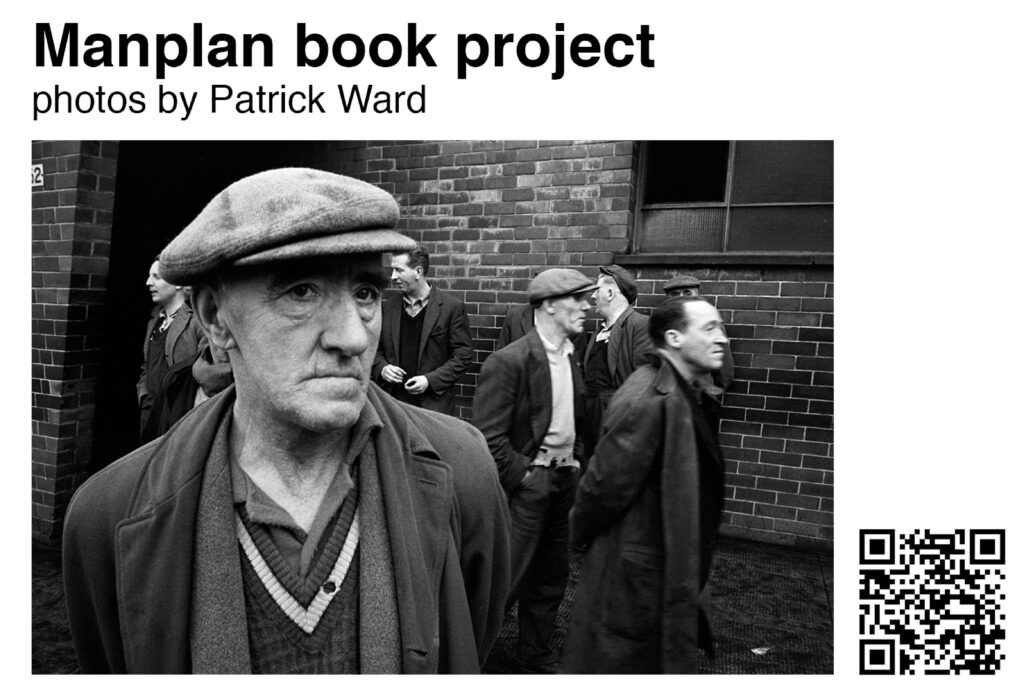
Please support Patrick Ward’s Manplan book project. You can find the Kickstarter page here. Or scan the above QR code.
This article first appeared in The Leica Society magazine, Autumn 2023. Click here if you would like to join the society.
Want to contribute an article to Macfilos? It’s easy. Just click the “Write for Us” button. We’ll help with the writing and guide you through the process.

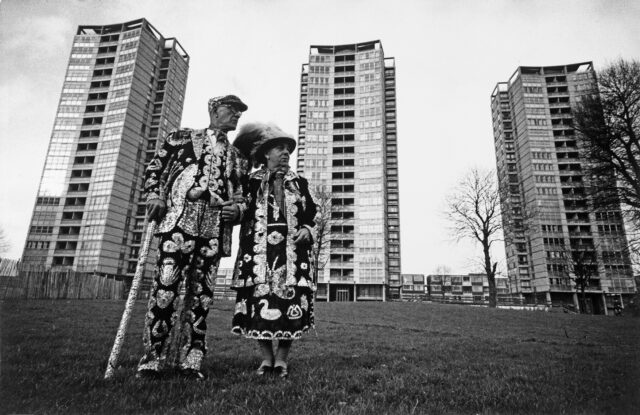
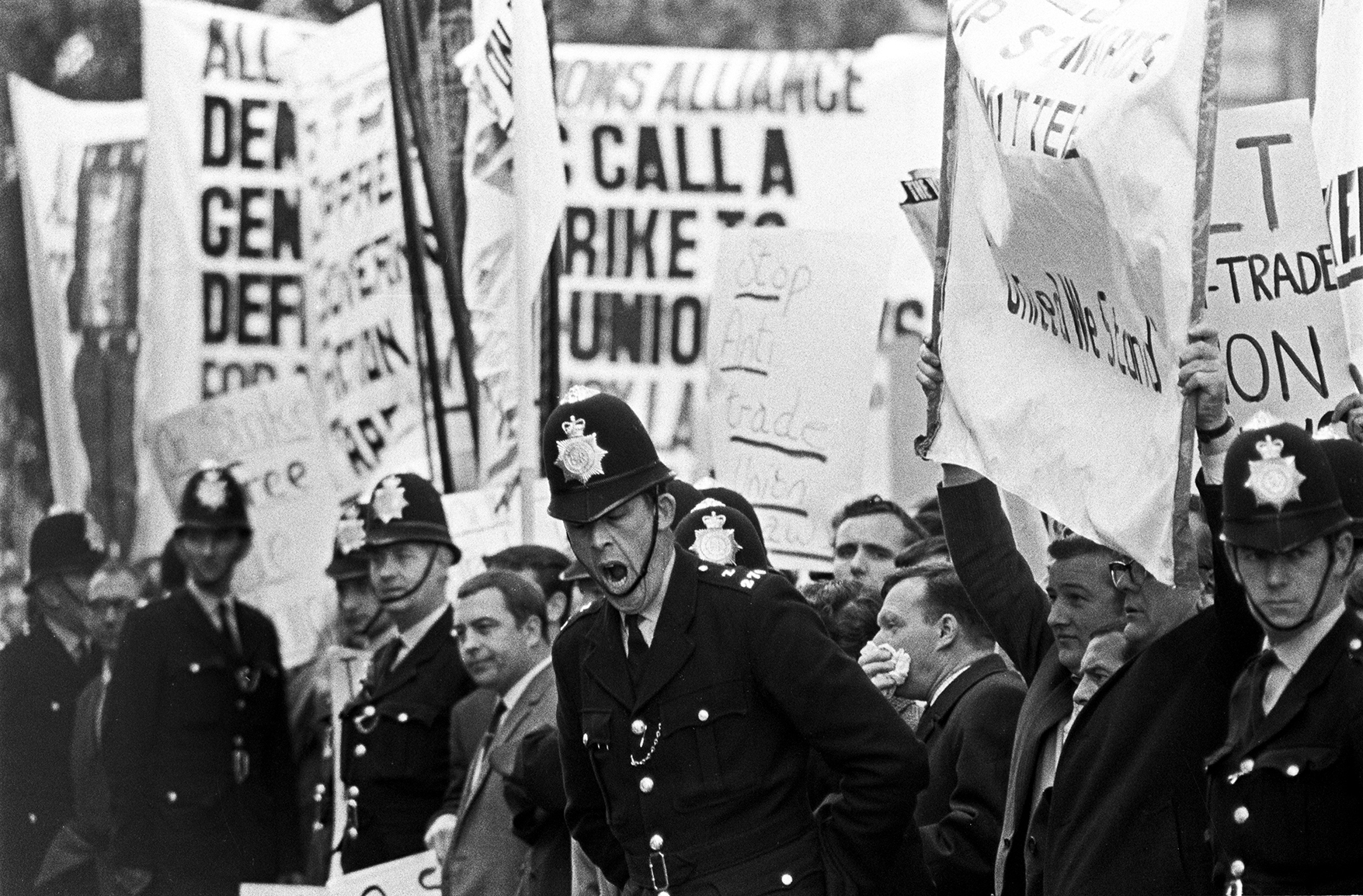
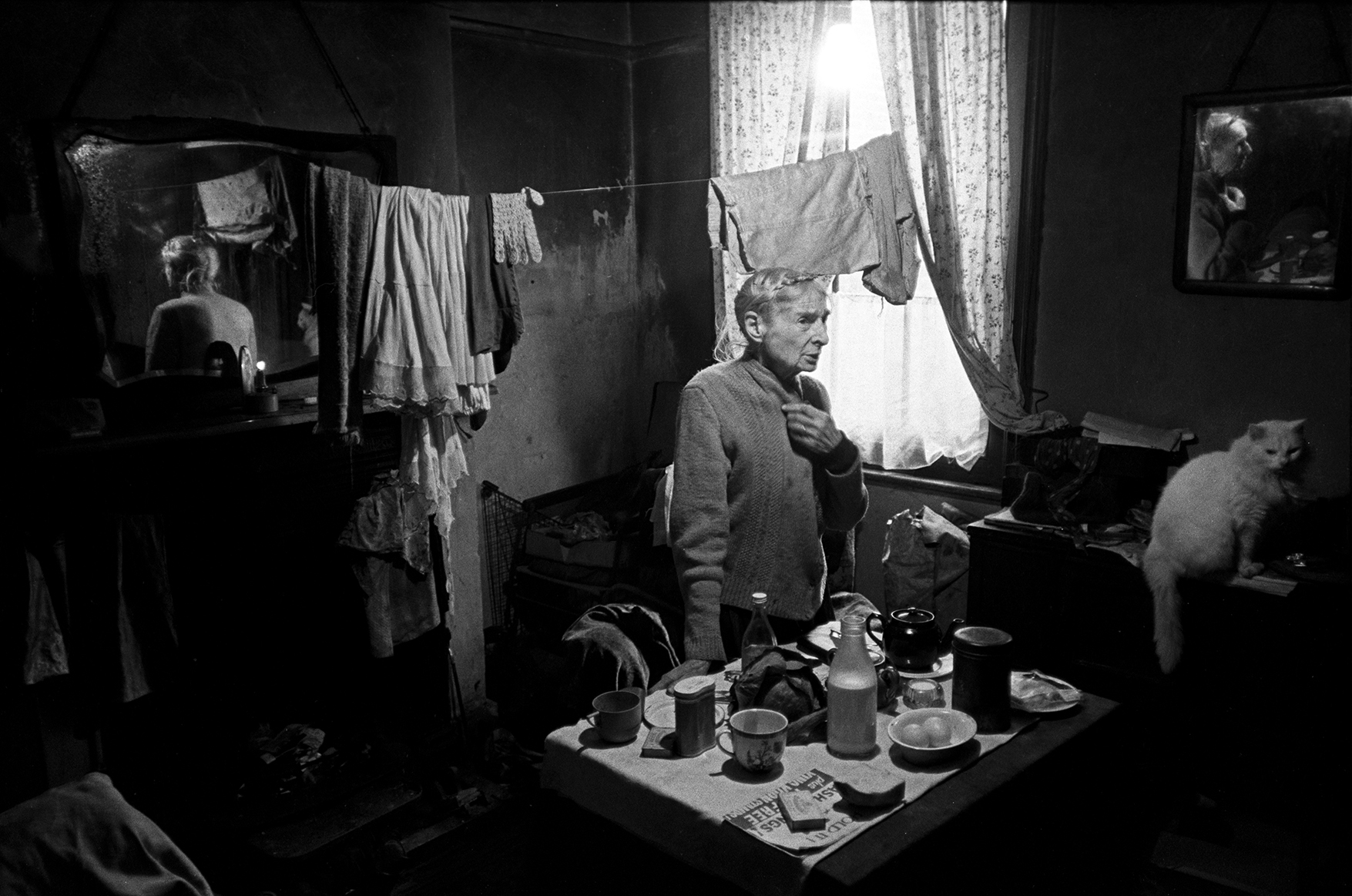
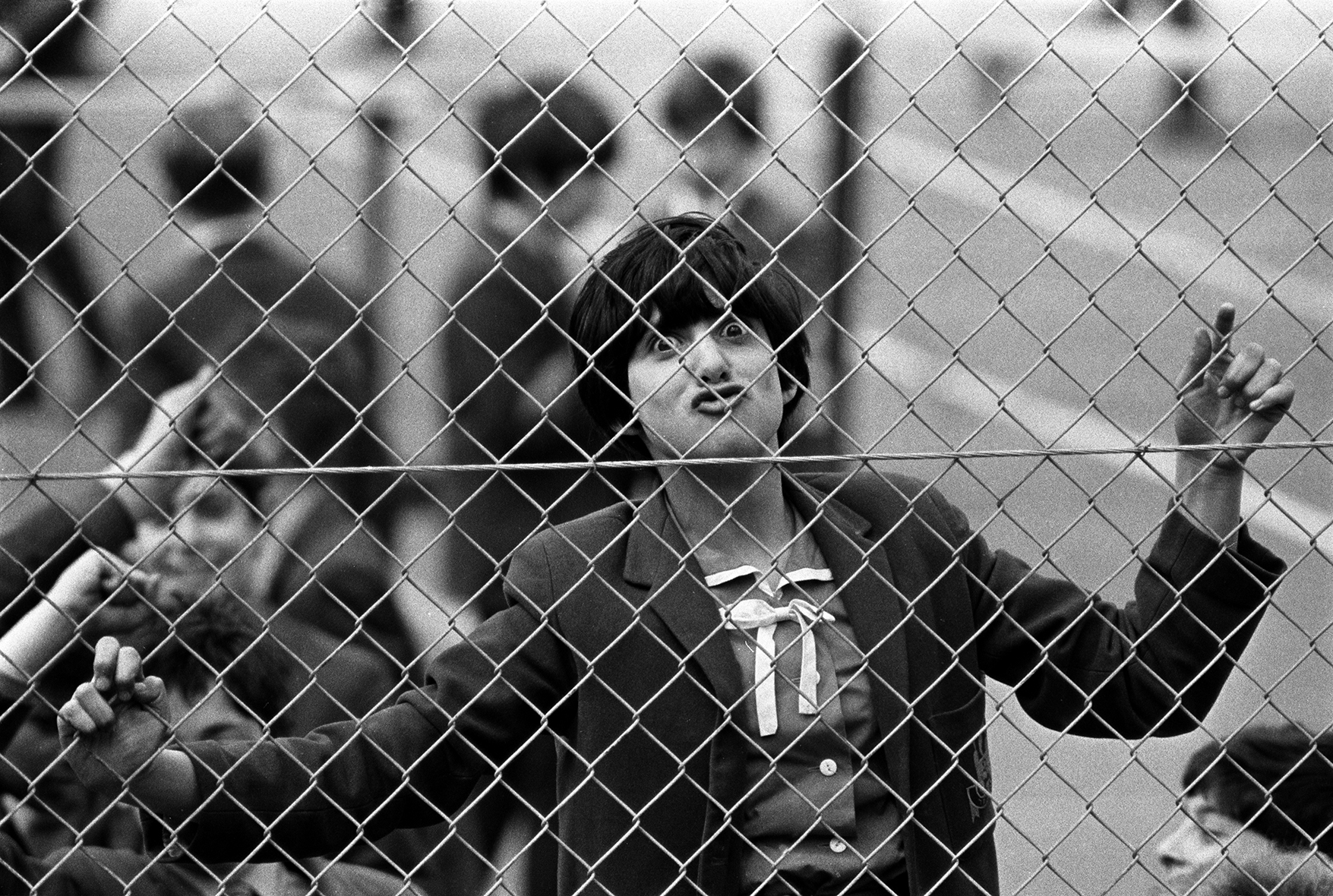
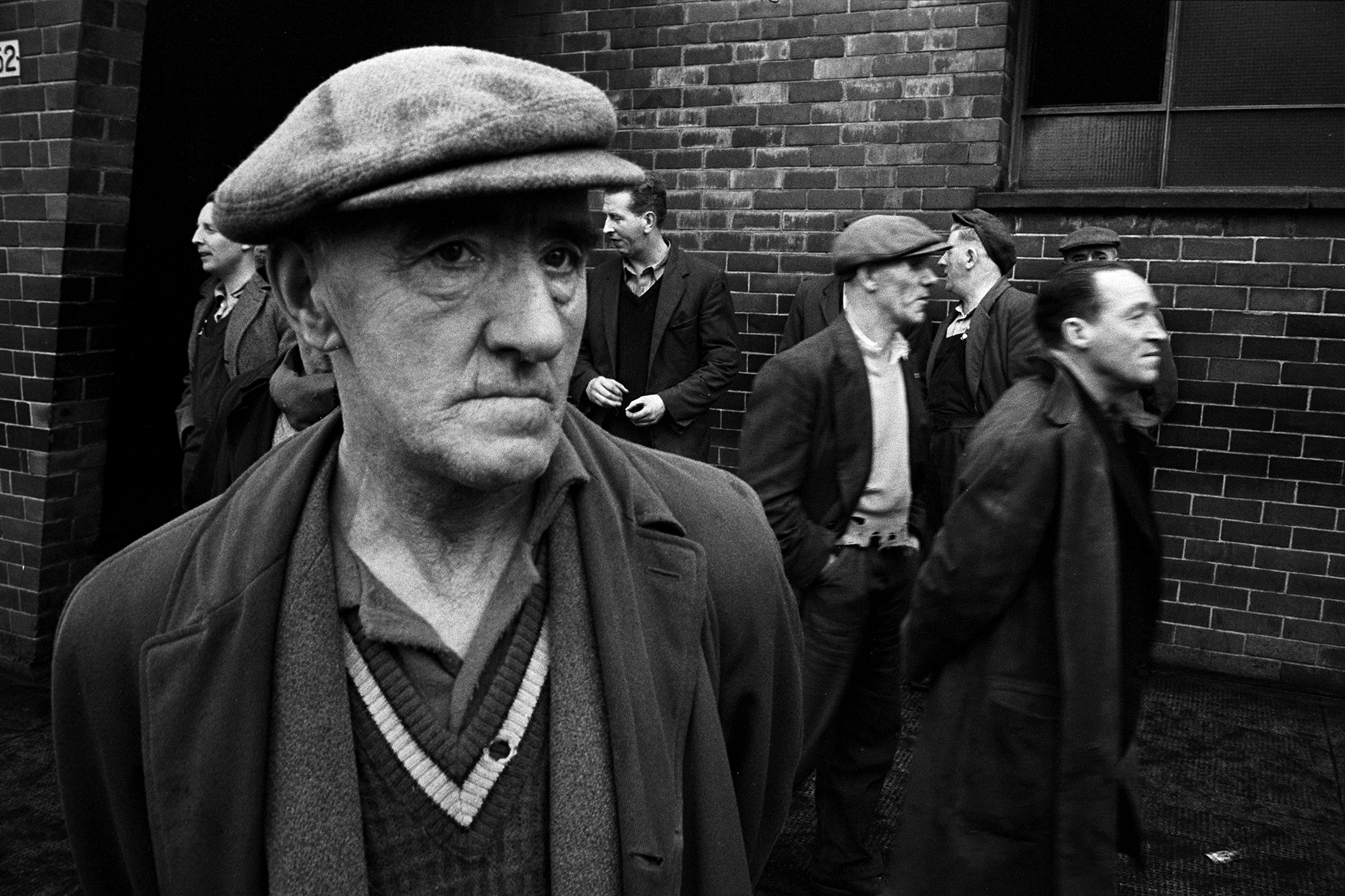
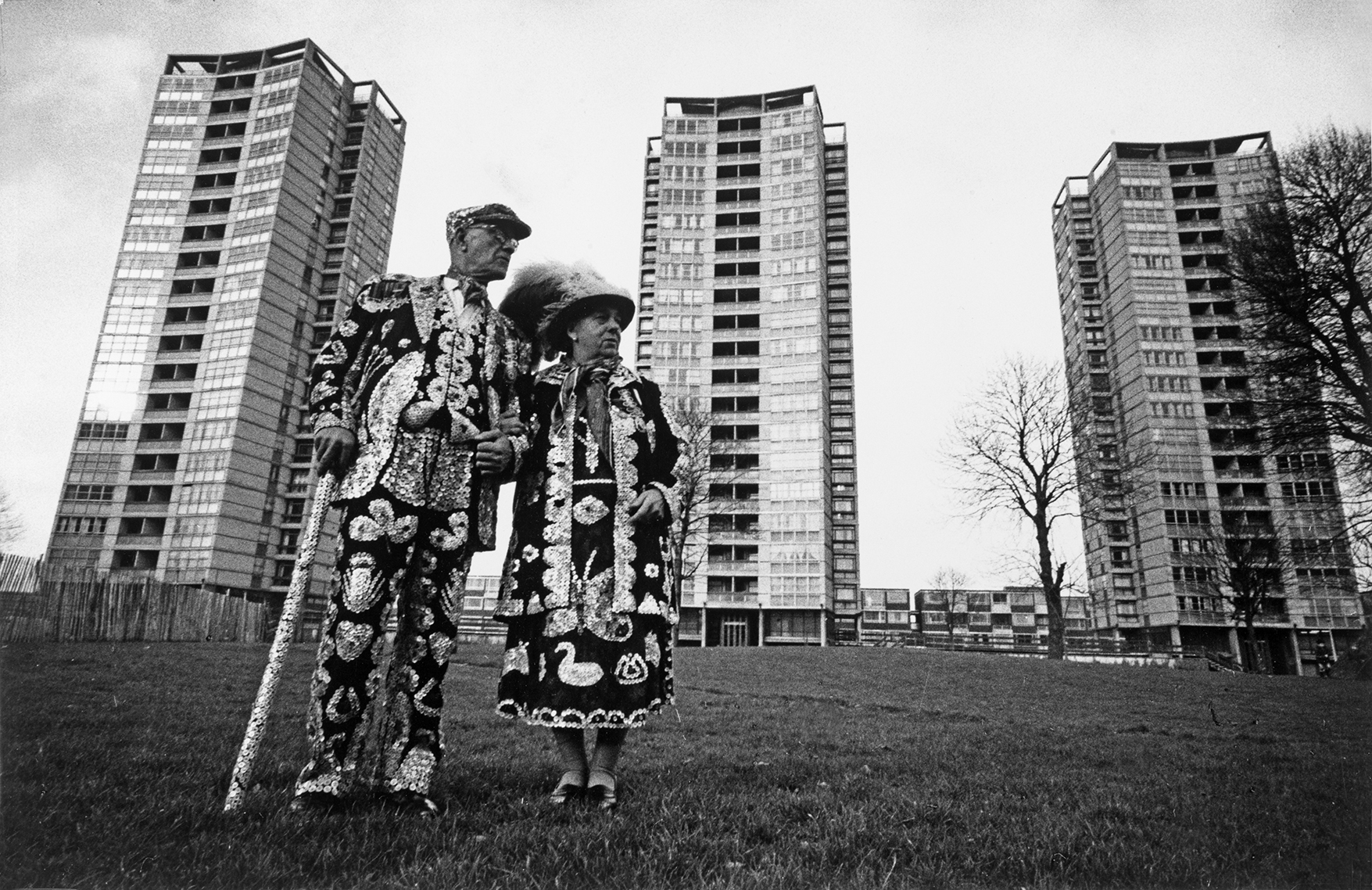
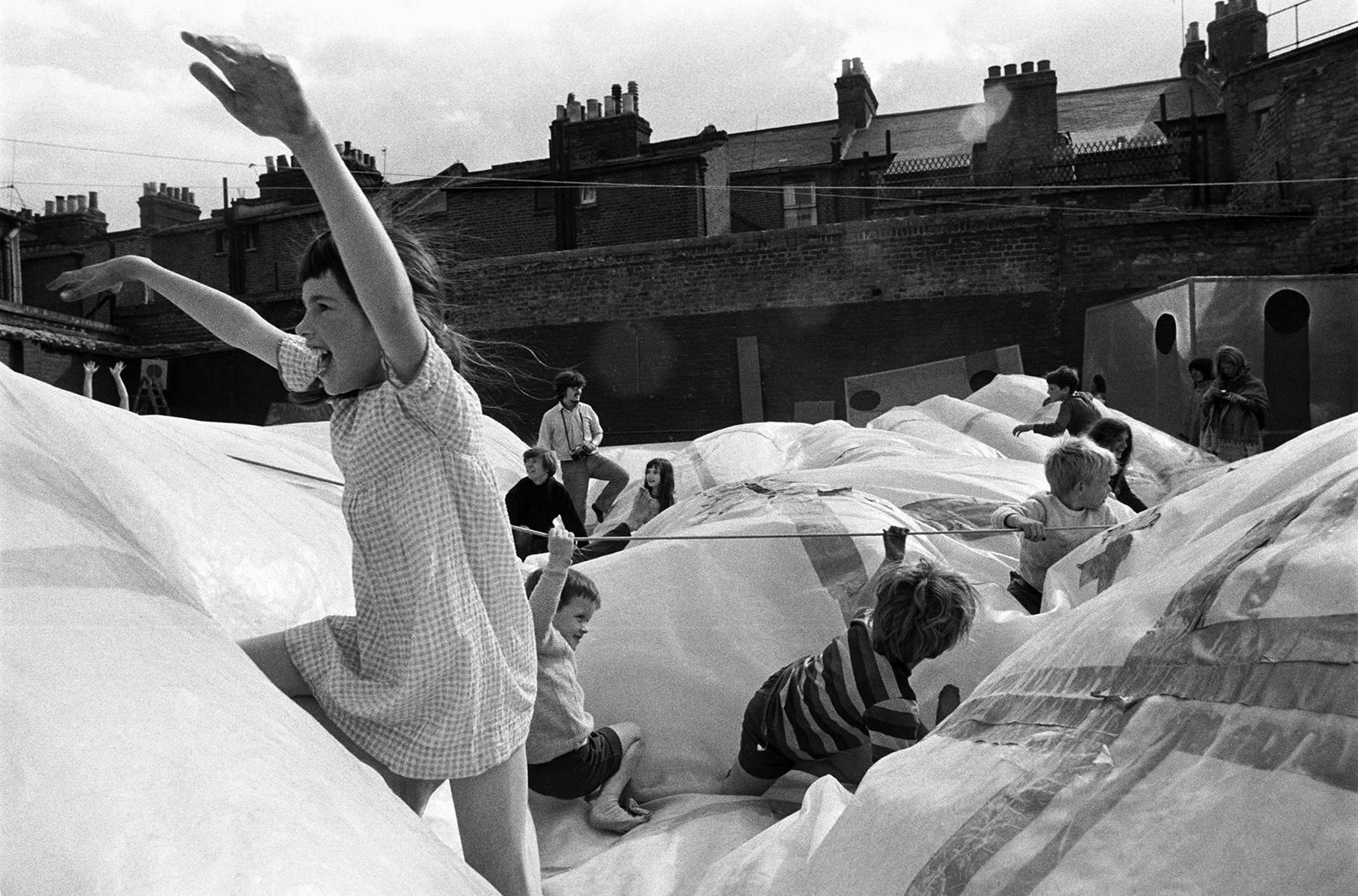
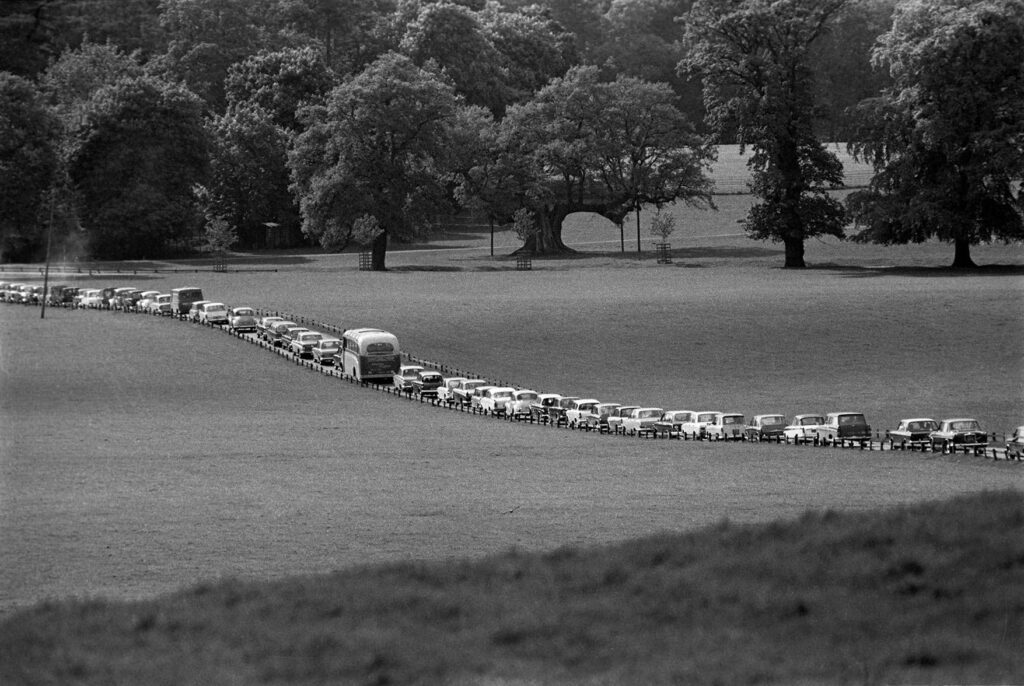
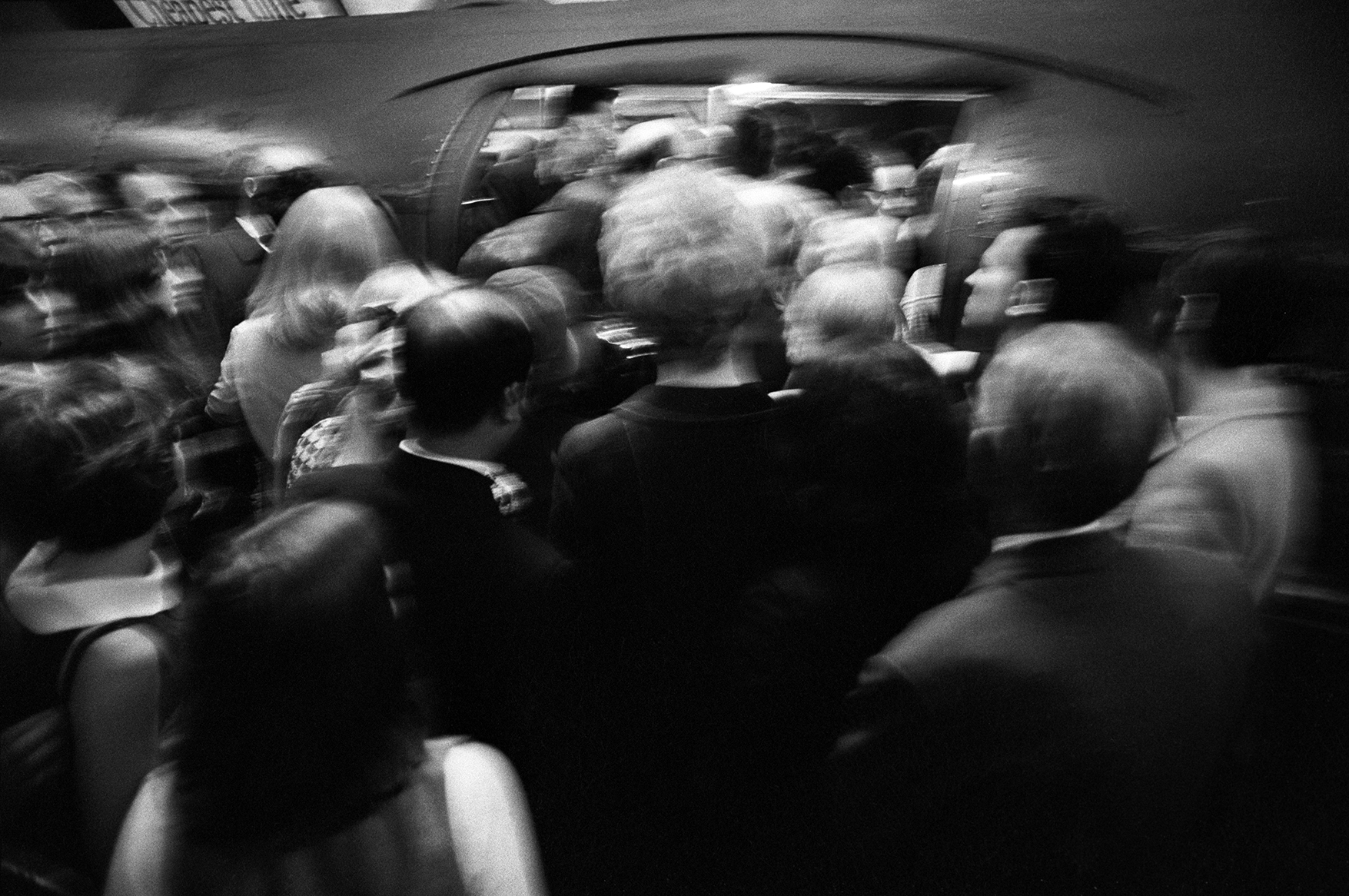
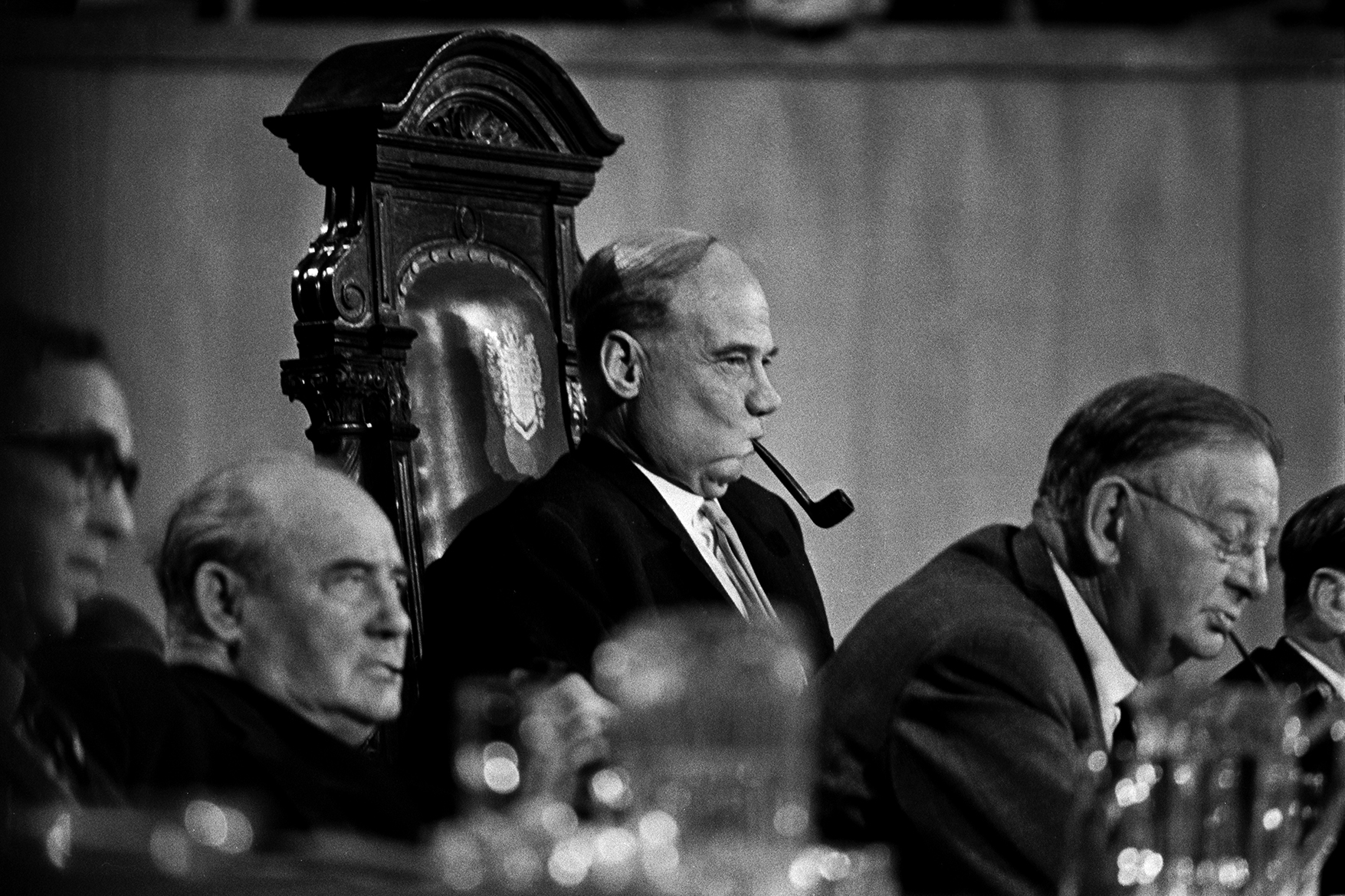
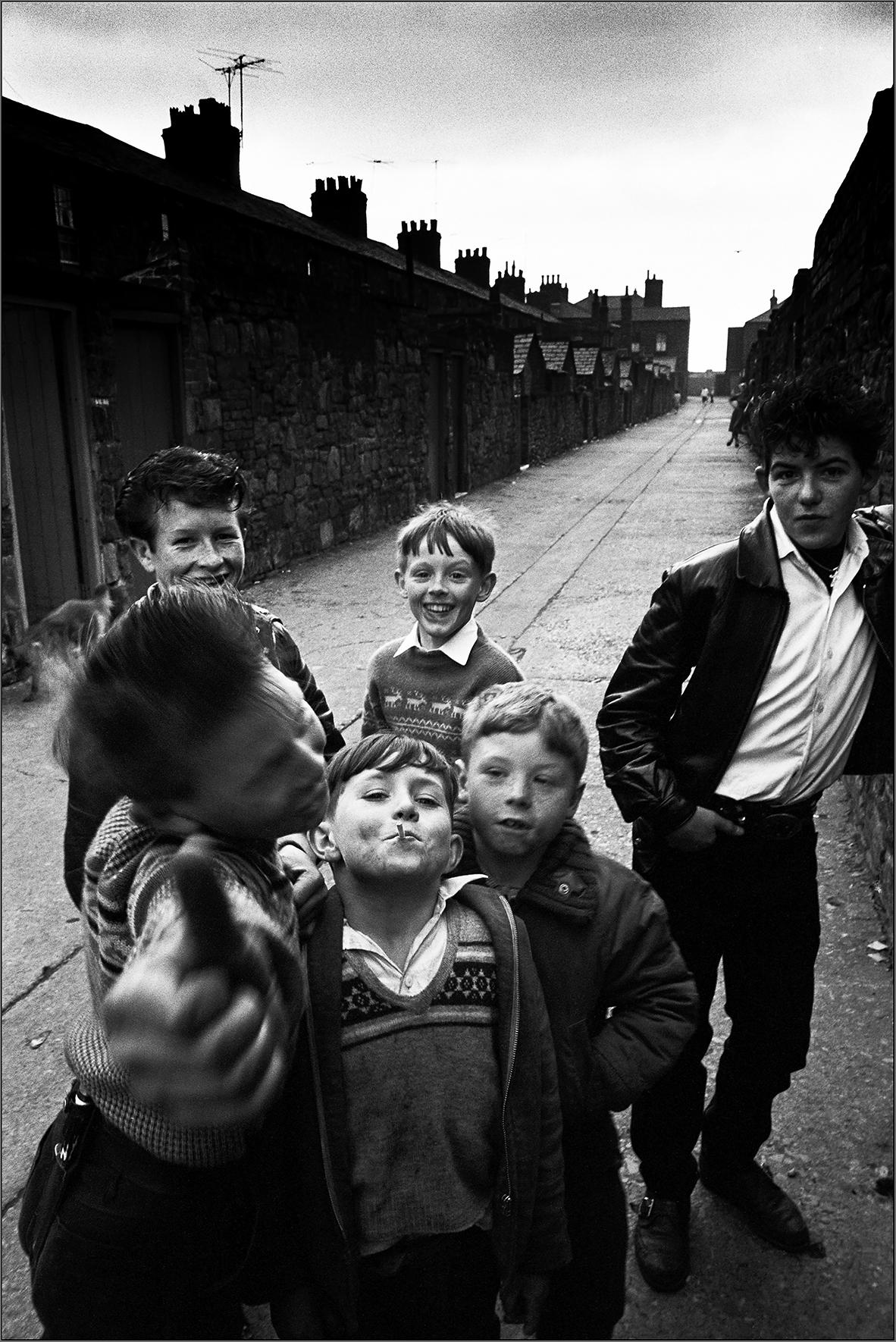
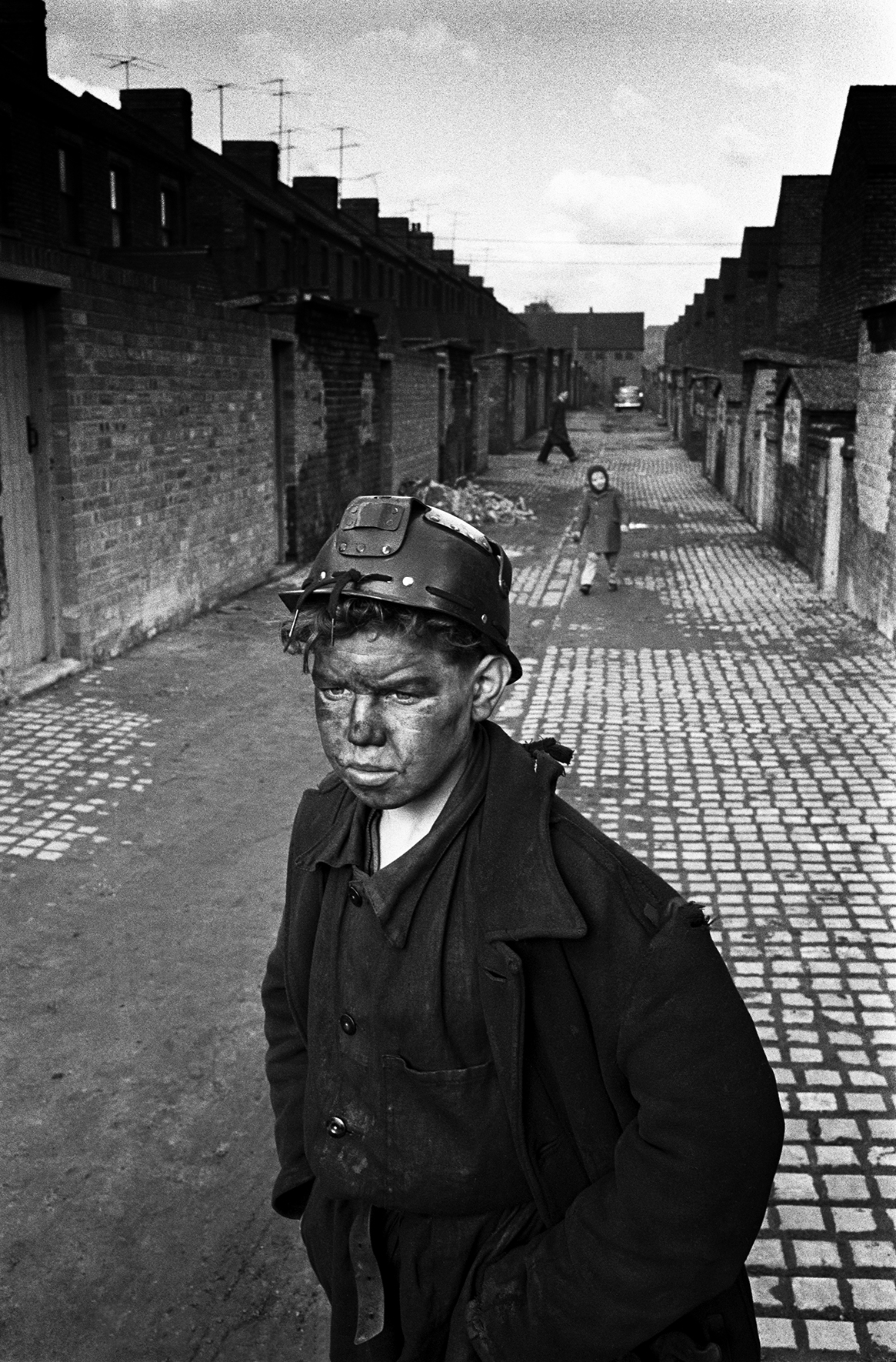
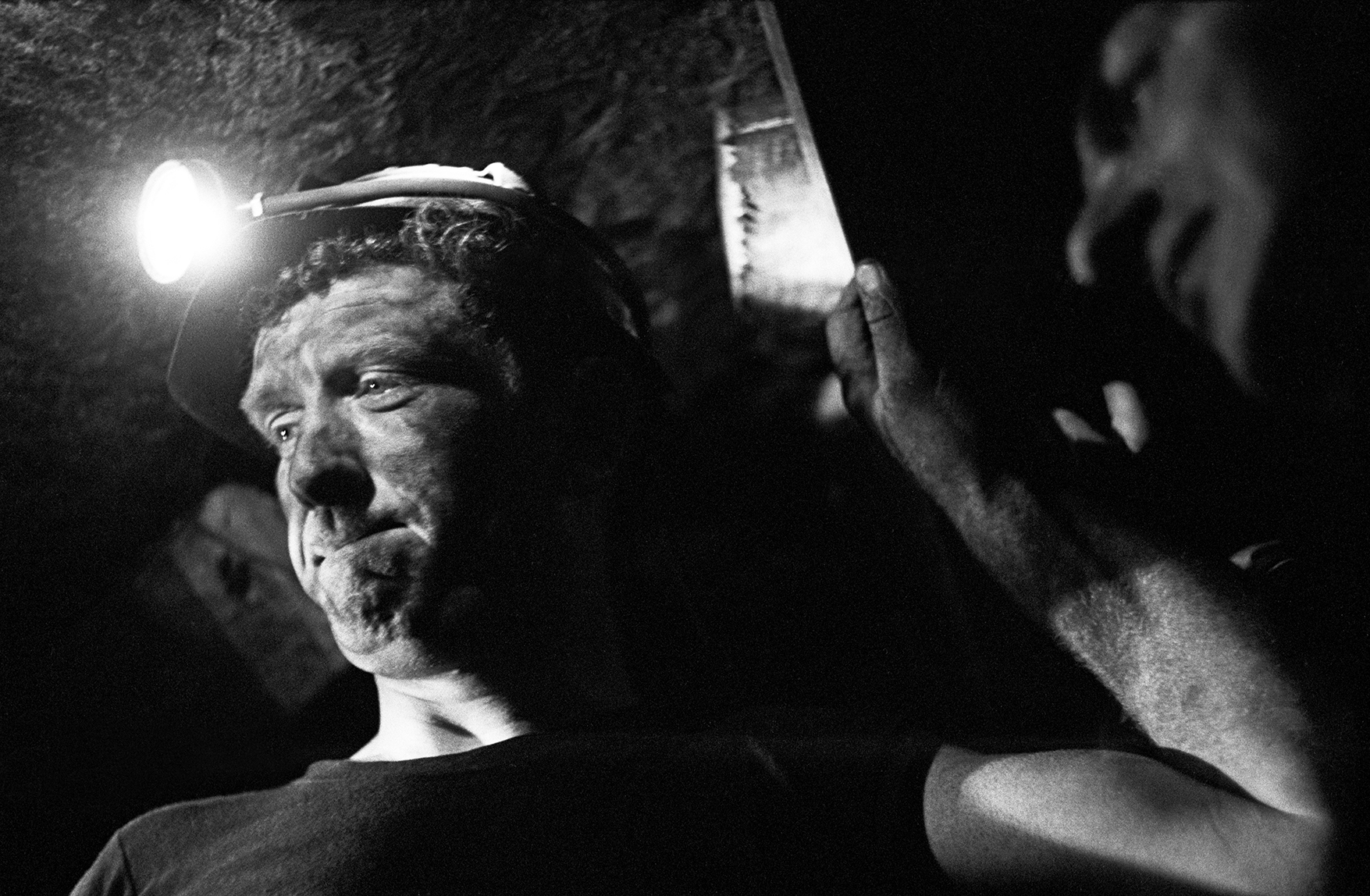
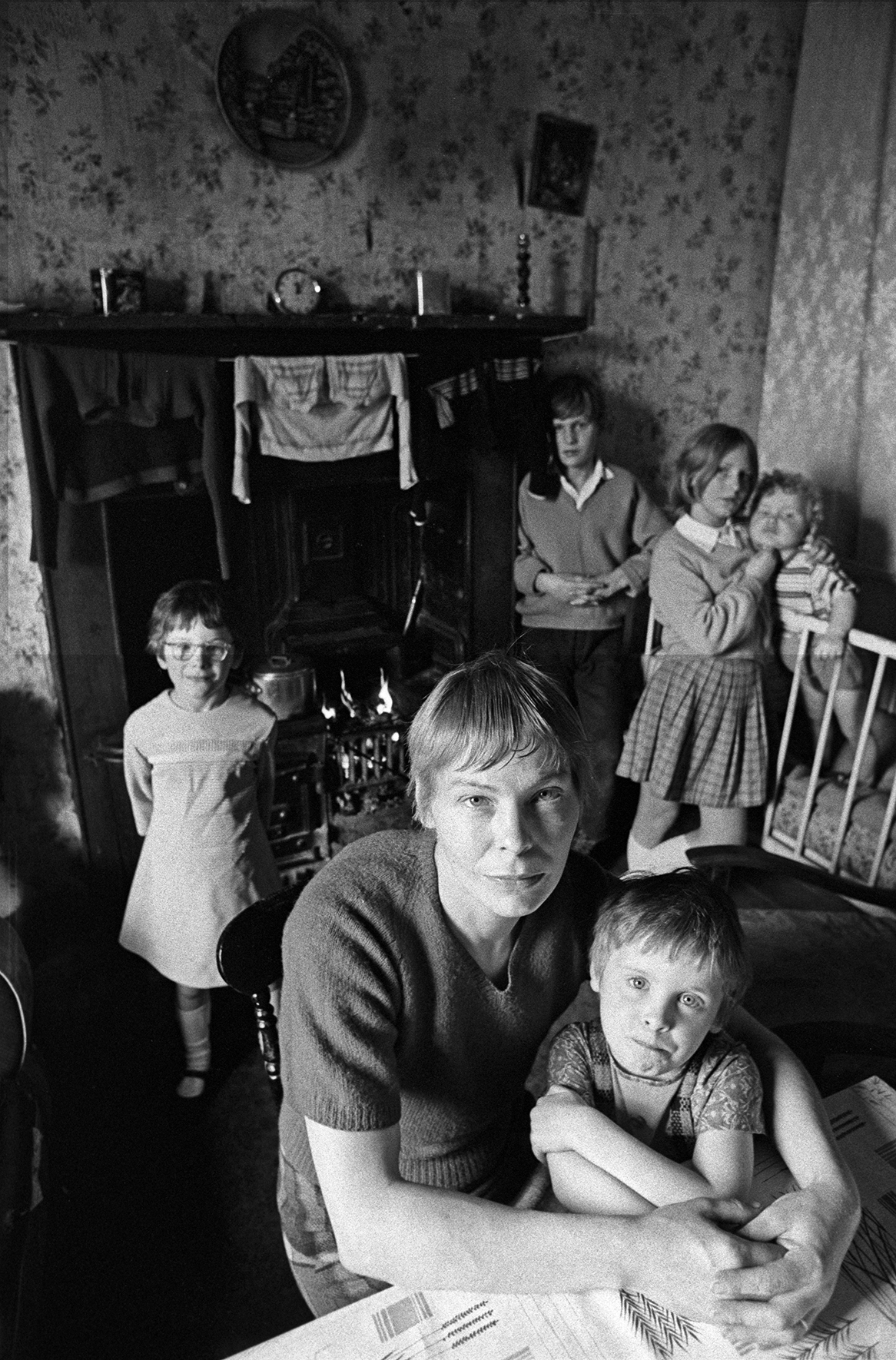
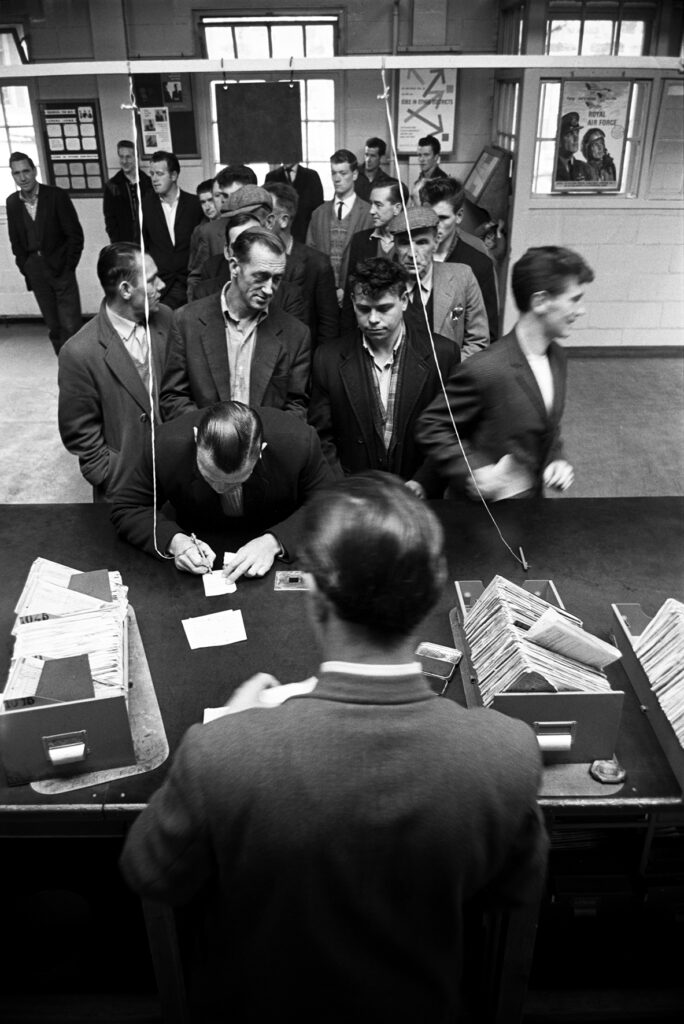
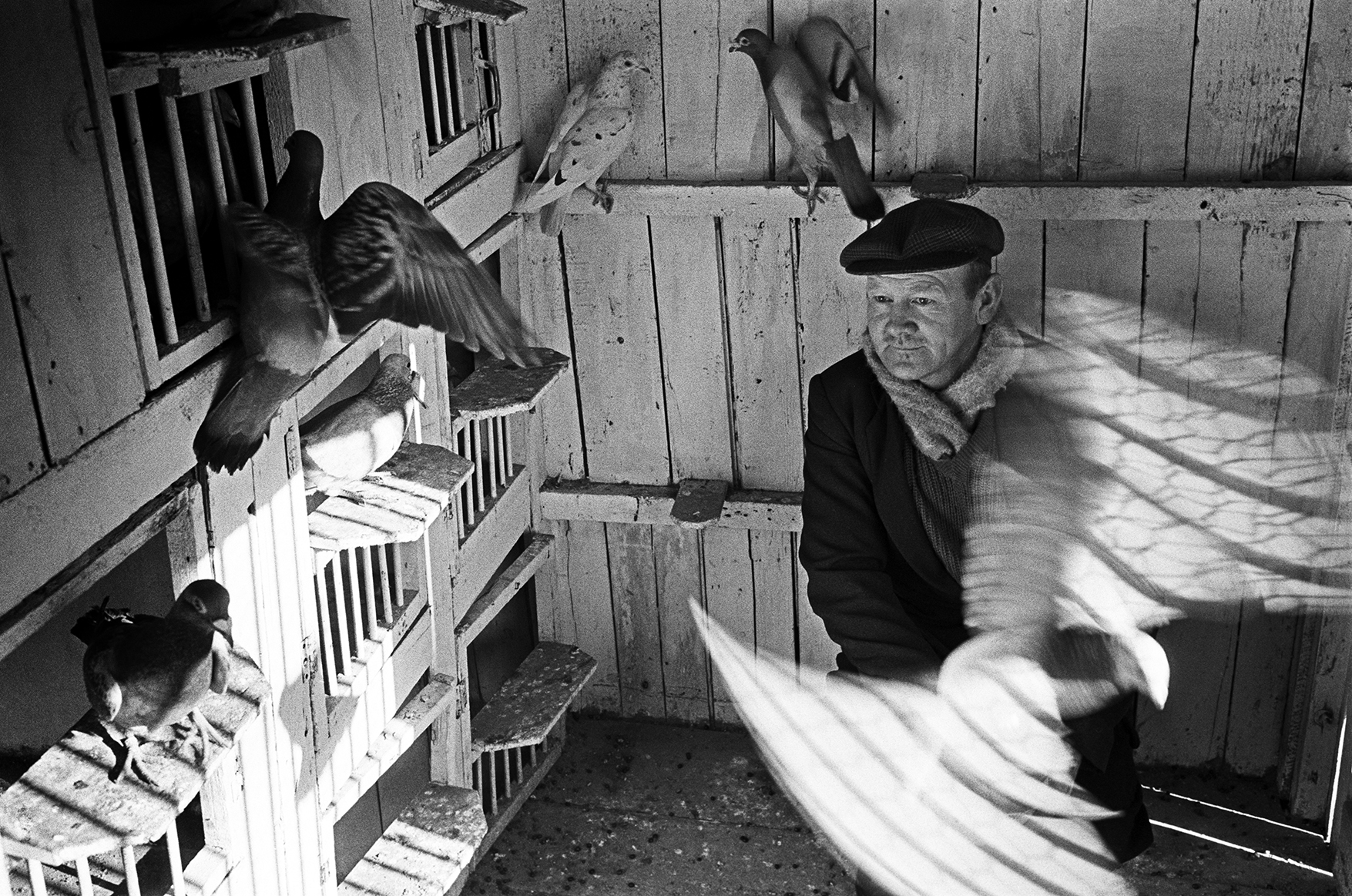
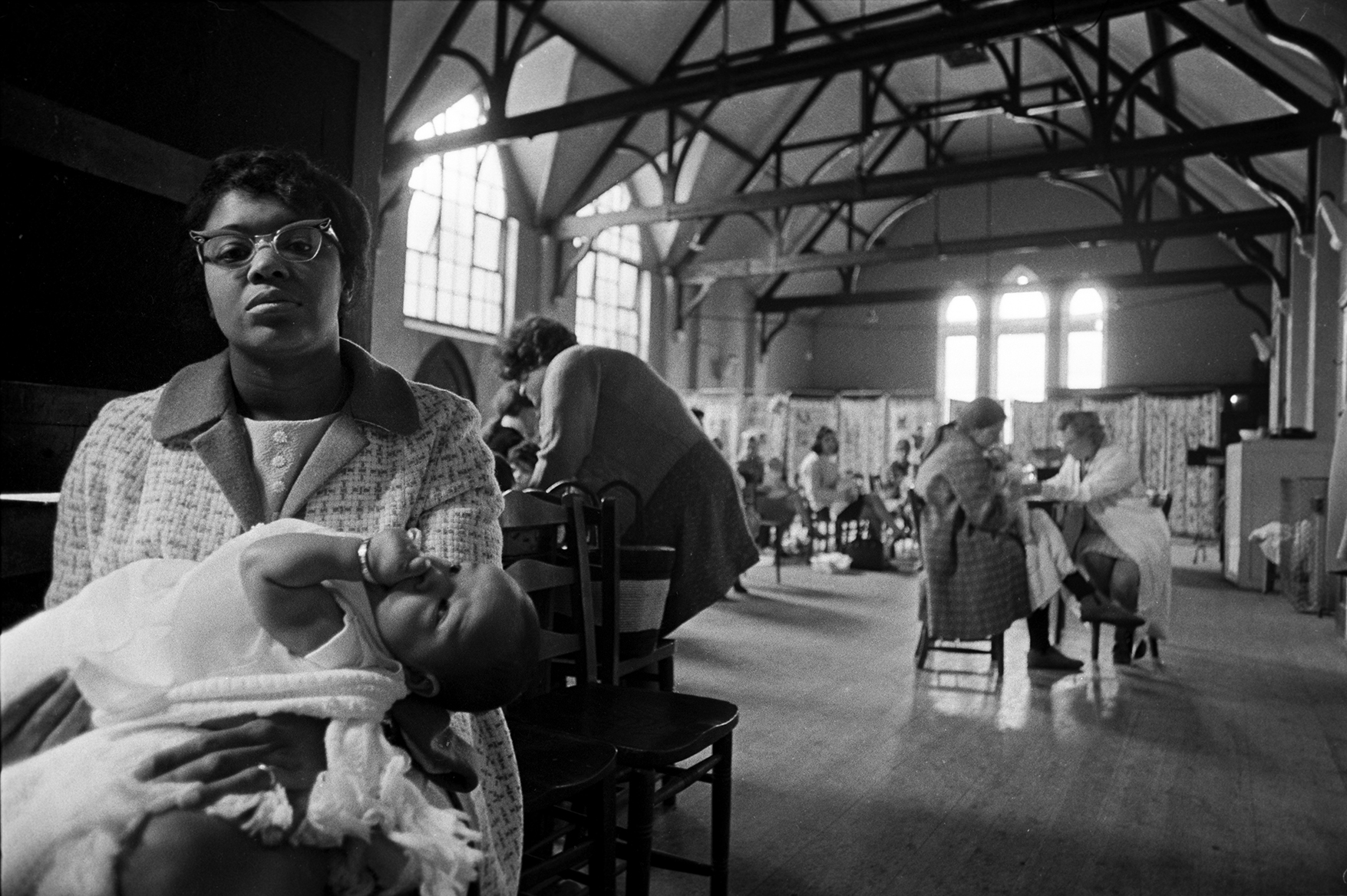




What a compelling ‘sign of the times’; classic quality B&W photographs made with classic cameras by a dedicated photographer.
Great work, Patrick. These people and events portray particular times and places and it was good that you were there to record them in such a superb fashion. Your photos remind me of the work of Tony O’Shea on my side of the Irish Sea. I am just about to send him a link to this article. My article of 10 February 2023 on Macfilos shows examples of his work. Tony’s images also featured in The Leica Society magazine. I know it is difficult to compare any two photographers, but that was my instinctive reaction when I saw your work in The Leica Society magazine.
William
Photographs like this well illustrate the state of part of Britain but as a new undergraduate in 1969 there was also another side that escapes photographic representation. I do have personal experience of the depressed parts of Britain particularly Glasgow slums in the 70’s but a balanced view should be shown. This would illustrated the great divide of the 60’2 and 70’s
The stated aim of the Manplan/Frustration issue of the Architectural Review which I shot over one short month in 1969 was to show some of the problems and issues facing society back then, many of which remain unresolved. The fact that you were able to receive a good university education during the same period illustrates the fact that there was another Britain too.
Absolutely right; The Kinks wrote many a song about the state of Britain in those days.
This is a wonderful record and commentary of an uneasy period in British history. As a teenager growing up in Britain you were keenly aware that the country was in disrepair and hanging on to the rigid old bureaucracy of the British Empire that was at the point of collapse. Images like yours, Don McCullin’s and Ian Berry’s are eery reminders that everyday Britons were already passengers in a country spiraling out of control.
Thanks again for the reminder.
Merci Le Chef,
I must say I feel in good company alongside Don and Ian.
Wonderful photos!
Patrick, please contact me. I am the editor of the LSI Viewfinder journal. Would love to publish the article and your photos!
Thanks for being in touch, Bill. Best to contact me through my website at www. patrickwardphoto.com Regards, Patrick
I can put you both in touch if you like.
Mike
Thanks, Mike, much appreciated.
Thank you for this wonderful article and images. Some images are truly jaw dropping. I really appreciate the social dimension of your photos that speaks volume. I’m looking forward to discovering more of your images and the texts that go with them
Many thanks, Jean
Certainly an article that leaves me wanting to know more!
I was wondering about the downbeat nature of several captions, though. I have in mind the ‘dole queue’ photo. What I see is several men smiling, seemingly joking with each other. To me, photo is great because it shows us small joys even in depressing conditions (though I could be over-thinking this).
Hi Kathy,
Well, the new book could be one way to greater knowledge….
You are right about the downbeat nature of the captions, lifted mostly direct from the 1969 edition of the Architectural Review in which they were originally published. There is no doubt that the editors had a particular agenda bock then. But as you noticed, men keep smiling, even in dole queues, and I’m as eager to catch the smiles as the grimmer moments. Patrick
Captions or not, taking the soul of a nation is a magnificent achievement!
Steady on, Kathy! I’ve been trying to modestly do that all my life and it’s still a work in progress.
Thank you for this. Really enjoyed the photographs. I wouldn’t have minded knowing more of the stories behind them though. Was the policeman bawling out at someone or did you catch him in the middle of a yawn? Was the woman with the cat living alone? And what was the reason the shipbuilders were out of work? And so on. These pictures make great stories.
Allowing for the fact that this was 54 years ago, yes.the policeman was getting a bit exhausted. The old lady lived alone with her cat, and the shipbuilders were losing their jobs because off poor management and cheaper and more efficient production from the far East.
Very impressive photos from an era long gone. If I could make only one photo like these I would be very happy. But so many? Just wow!
Many thanks for your kind comment.